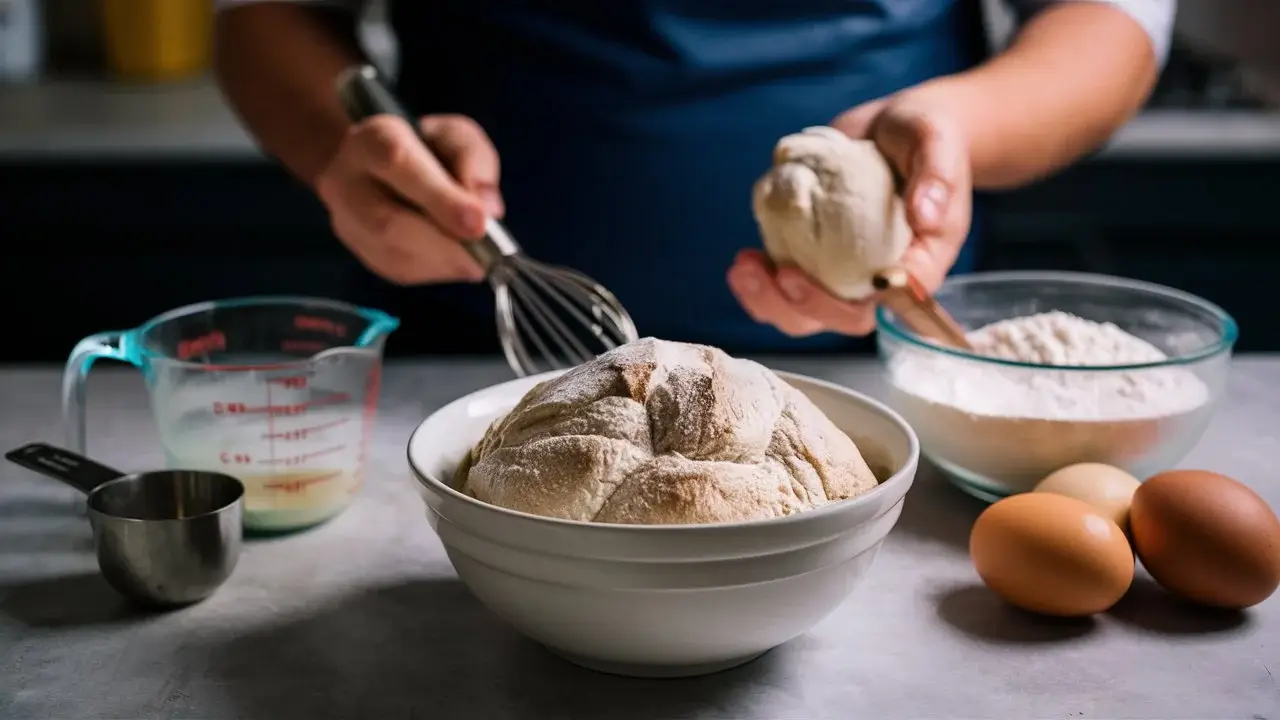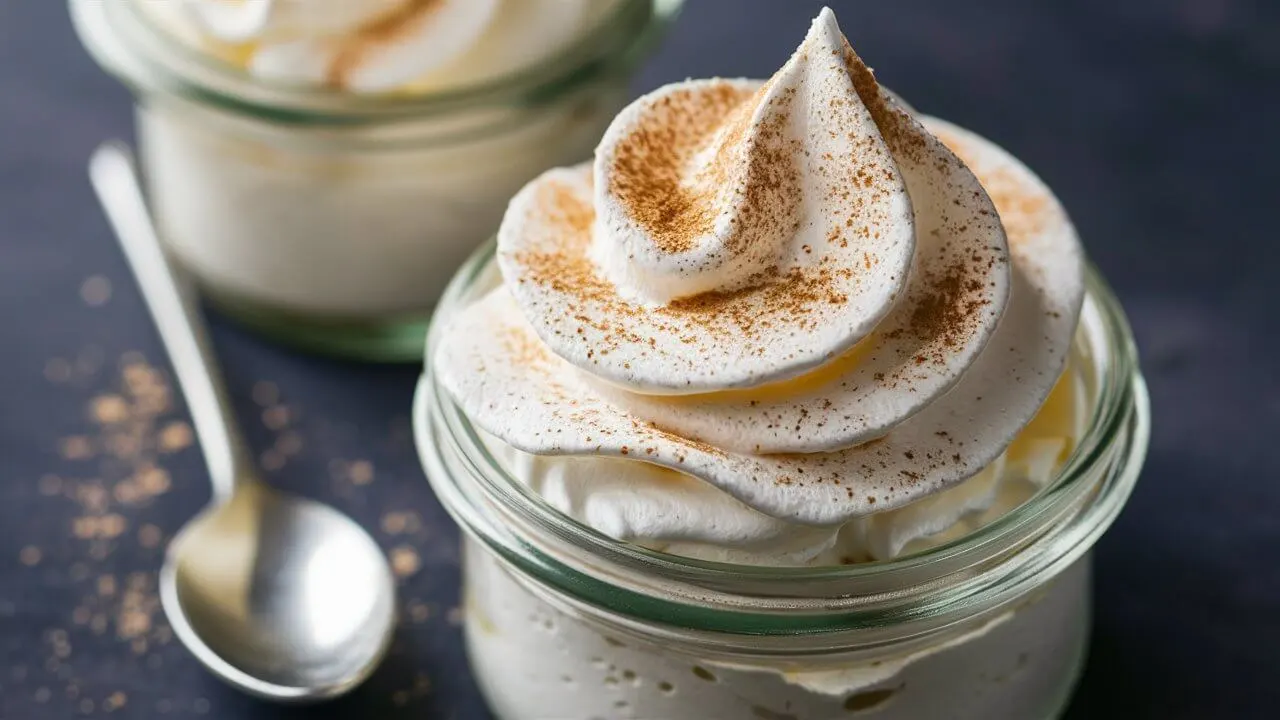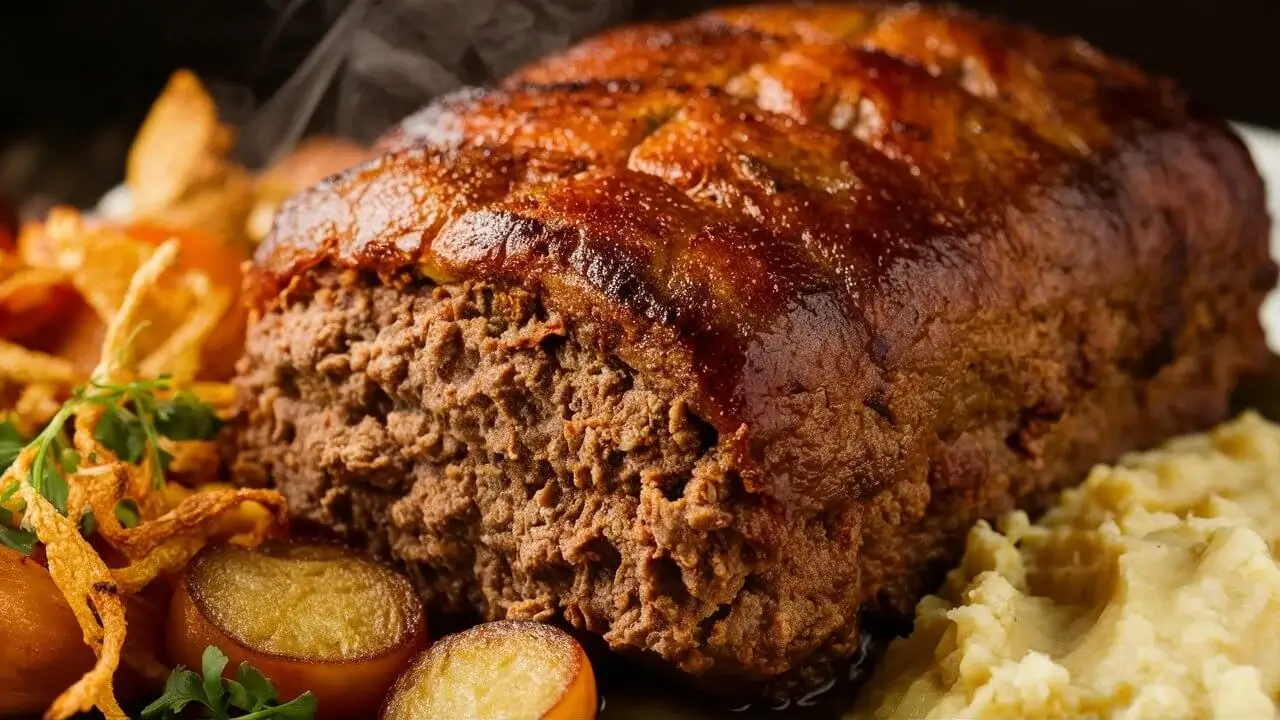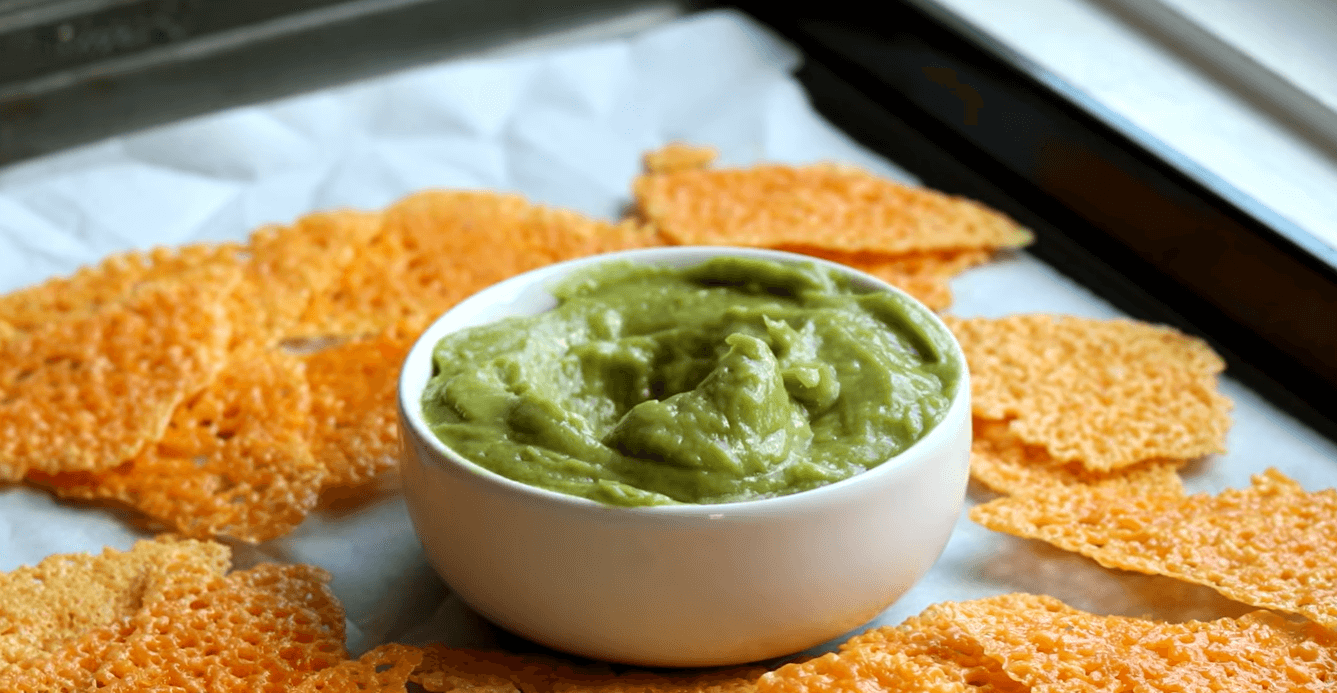Sourdough baking is an art that dates back centuries, beloved for its rich flavors and health benefits. A common by-product of the sourdough process is “sourdough discard,” a mixture of flour and water that’s been fermented with natural yeasts and bacteria. This guide explores how to turn what many might throw away into delicious and nutritious dishes.
Why is Discard Necessary?
When maintaining a sourdough starter, it’s important to keep it at a manageable size and ensure the yeast has enough food to stay active. This involves removing some of the starter before adding fresh flour and water. Without discarding, the starter would continually grow in size, becoming unmanageable and potentially outstripping its food supply, which could weaken its leavening power.
Uses for Sourdough Discard
Although it might seem like waste, sourdough discard is quite versatile and can be used in various recipes. It adds a tangy flavor and tender texture to many dishes. Here are some common uses:
- Baking: Pancakes, waffles, crackers, and flatbreads can all be made using sourdough discard.
- Frying: Used as a batter for fried foods, imparting a slight tang and fluffiness to the crust.
- Sauces and Spreads: Mixed into homemade sauces or used as a base for creamy spreads.
Benefits of Using Sourdough Discard
Using sourdough discard not only reduces food waste but also provides culinary benefits:
- Flavor Enhancement: It adds a unique depth of flavor to recipes.
- Texture Improvement: It can give baked goods a tender crumb.
- Health Benefits: Like sourdough, the discard contains beneficial lactic acid bacteria.
In summary, sourdough discard is a by-product of maintaining a sourdough starter, rich with culinary potential and benefits. Instead of throwing it away, it can be creatively used in various dishes, adding unique flavors and textures while contributing to a sustainable baking practice.
Recipes
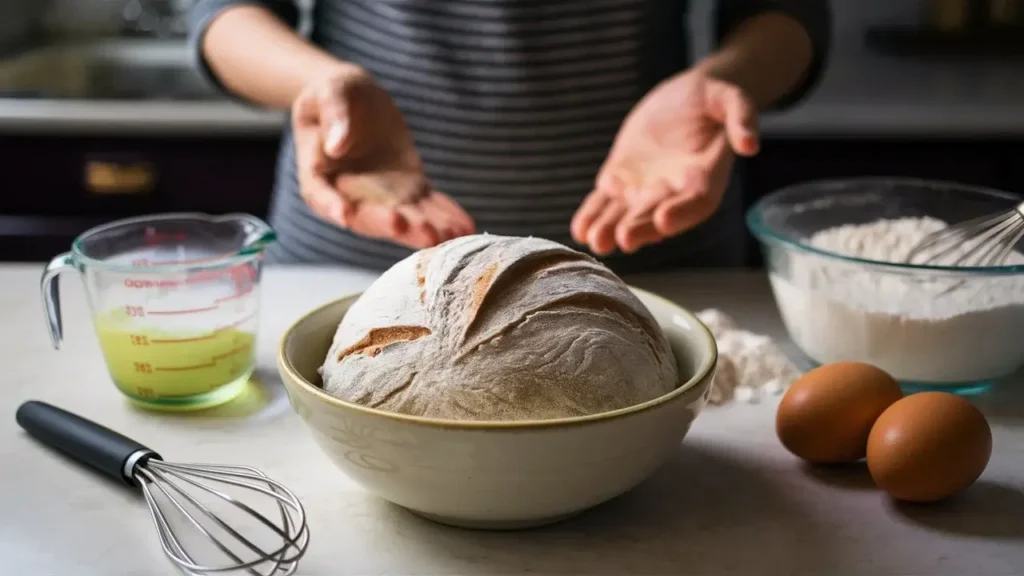
Here are some recipes and creative uses for sourdough discard, utilizing it in a variety of dishes from crackers to pizza dough. Each recipe outlines the necessary ingredients and provides step-by-step instructions.
Sourdough Discard Crackers
Ingredients:
- 1 cup sourdough discard
- 4 tablespoons unsalted butter, melted
- 1 teaspoon salt
- 1 teaspoon sugar (optional, for sweetness)
- 1 cup all-purpose flour
- Seasoning choices: sea salt, sesame seeds, poppy seeds, dried herbs
Instructions:
- Heat your oven to 350°F (175°C) and prepare a baking sheet with parchment paper.
- In a mixing bowl, combine the sourdough discard with melted butter, salt, and sugar if using.
- Gradually add the flour to the bowl, mixing until a cohesive dough forms.
- Roll the dough out to 1/16 inch thickness on a lightly floured surface.
- Cut the dough into desired shapes using a pizza cutter or a knife.
- Transfer the shapes to the prepared baking sheet. Prick each cracker using a fork to prevent puffing.
- Sprinkle with your chosen seasoning.
- Bake for 20 to 25 minutes, or until the crackers are crisp and lightly browned.
- Let cool on the baking sheet for a crisp texture.
Sourdough Discard Pancakes
Ingredients:
- 1 cup sourdough discard
- 1 egg
- 2 tablespoons sugar
- 2 tablespoons vegetable oil
- 1/2 teaspoon baking soda
- 1/2 teaspoon salt
- 1/2 teaspoon vanilla extract (optional)
Method:
- In a large bowl, whisk together the sourdough discard, egg, sugar, and vegetable oil.
- Add the baking soda, salt, and vanilla extract if using, and stir until well combined.
- Heat a non-stick skillet over medium heat and lightly oil the surface.
- Pour 1/4 cup of batter for each pancake onto the skillet.
- Cook until bubbles form on the surface, then flip the pancacke and cook until golden brown on the other side.
- Serve warm with butter and syrup.
Sourdough Discard Pizza Dough
Ingredients:
- 1 cup sourdough discard
- 2 cups all-purpose flour
- 1 teaspoon salt
- 1 teaspoon sugar
- 2 tablespoons olive oil
- 1/2 cup warm water
Preparation Steps:
- In a large bowl, mix the sourdough discard, flour, salt, and sugar.
- Add the olive oil and gradually mix in the warm water until a soft dough forms.
- Knead the dough for five minutes on a floured surface.
- Place the dough in a greased bowl, cover, and let it rise for at least 2 hours.
- Once doubled in size, punch down the dough and roll it out to your desired thickness for pizza.
- Pre-bake the crust at 425°F (220°C) for 10 minutes before adding your toppings.
- Add toppings and bake for another 12-15 minutes.
Sourdough Discard Waffles
Ingredients:
- 1 cup sourdough discard
- 1 cup all-purpose flour
- 1 1/2 teaspoons baking powder
- 1/2 teaspoon salt
- 2 tablespoons sugar
- 1 egg
- 1/2 cup milk
- 1/4 cup melted butter
Cooking Method:
- In a large bowl, combine the sourdough discard, flour, baking powder, salt, and sugar.
- In another bowl, whisk together: egg, milk, and the melted butter.
- Mix the wet ingredients into the dry until well combined.
- heat a waffle iron and grease it.
- Pour enough batter to cover the iron surface, close the lid, and cook until the waffles are golden and crisp.
- Serve hot with syrup or your favorite toppings.
Creative Uses of Sourdough Discard
- Sourdough Soft Pretzels: Use discard in your pretzel dough for a tangy twist.
- Sourdough Flatbread: Perfect for a quick snack or served with dips.
- Sourdough Bagels: Incorporate discard for bagels with a slight sour note.
- Sourdough Muffins: Add discard to muffin recipes for extra moisture and a unique flavor.
- Sourdough Tortillas: Replace some of the liquid in your traditional tortilla recipe with sourdough discard for a flavorful upgrade.
These recipes and ideas showcase the versatility of sourdough discard, enhancing traditional recipes with its unique flavor and texture.
Tips and Tricks
Maintaining a healthy sourdough starter is crucial for effective fermentation and baking. Here are some practical tips to ensure your starter remains vibrant and active:
- Feed Regularly
- Consistency is key: Feed your starter at regular intervals, ideally once a day if it’s kept at room temperature. If refrigerated, it needs feeding once a week.
- Feeding ratio: A common feeding ratio is 1:1:1, meaning equal parts by weight of starter, water, and flour. This keeps the starter well-fed and ready for baking.
- Use the Right Flour
- Whole grains are best: Whole grain flours, like whole wheat or rye, are rich in nutrients and fermentable sugars, which help the starter thrive.
- Unbleached and organic: These flours are generally less processed and contain more natural yeast and bacteria, which can enhance the starter’s activity.
- Maintain Proper Hydration
- Hydration level: The water-to-flour ratio (hydration) of your starter affects its activity. A 100% hydration starter, made with equal parts flour and water by weight, is commonly used and maintains a thick, pancake-batter consistency.
- Adjust as needed: In drier climates or during different seasons, you may need to adjust the amount of water to maintain the consistency and activity of your starter.
-
Keep It at the Right Temperature
- Optimal temperature: Sourdough starters thrive at 70°F to 85°F (21°C to 29°C). Fermentation activity slows down outside this range.
- Avoid extremes: Don’t place your starter near heat sources or in drafty areas. Consistent, moderate temperatures are best for stable fermentation.
- Watch for Acidity Levels
- Refreshing often reduces acidity: If your starter gets too acidic, it can hinder yeast activity. Regular feeding helps keep the pH level balanced and the yeast active.
- Stir down: Occasionally stir your starter if it’s sitting between feedings. This can help redistribute the acids and yeasts, and integrate any alcohol that may have formed on top.
- Use it Regularly
- Regular baking: Using your starter regularly for baking not only provides you with delicious baked goods but also helps keep the starter healthy by necessitating regular feedings.
- Discard and refresh: If you’re not baking often, discard part of the starter during feeding to control the quantity and maintain its health.
- Monitor the Health of Your Starter
- Look for bubbles: A healthy starter will have lots of bubbles and may double in size after feeding.
- Smell: It should smell pleasantly sour, not unpleasant or like rotting fruit.
- Mold watch: Any signs of mold (unusual colors like pink, orange, or green) mean you should discard the starter and begin anew.
-
Store Properly
- Refrigeration for breaks: If you need a break from daily feeding, the refrigerator is your friend. Just remember to feed it once a week.
- Covering: Use a lid or cloth to cover your starter. This prevents contaminants while allowing it to breathe.
By following these tips, you can maintain a robust and active sourdough starter that will serve you well in all your baking adventures, contributing to richly flavored and well-textured sourdough breads and other baked goods.
Reviving Old Discard
Reviving old sourdough discard can be a great way to utilize what might otherwise be thrown away. Whether it’s been sitting in the fridge for a few weeks or neglected on the counter for a few days, old discard still has potential. Here’s how to rejuvenate and use old discard effectively:
- Assess the Condition
- Check for mold: Before attempting to revive sourdough discard, ensure it is free from mold. Any signs of mold (usually pink, orange, or black spots) mean the discard should be thrown away.
- Sniff test: Smell the discard. It should have a tangy, sour smell, which is normal. Any foul odors indicate it’s better to discard it.
- Stir and Evaluate
- Mix it well: Old discard often separates, with a layer of liquid (often referred to as “hooch”) forming on top. Stir this back into the discard if it’s clear or pale. If the liquid is dark, pour it off.
- Consistency check: The discard should be thick and sludgy. If it’s overly watery and smells off after stirring, it’s best not to use it.
-
Refresh the Discard
- Feed it: Add fresh flour and water to the discard. A good starting point is equal weights of discard, flour, and water. For example, 100 grams of discard can be refreshed with 100 grams of flour and 100 grams of water.
- Let it ferment: After feeding, let the mixture sit at room temperature. It should start showing signs of life within a few hours, such as bubbling and rising.
- Activate the Discard
- Repeat feeding: If the discard doesn’t become active after the first feeding, continue feeding it with the same ratio once or twice more. This helps reestablish a healthy balance of yeast and bacteria.
- Temperature control: Keeping the discard in a warm place (around 70°F to 75°F) during this phase can help speed up the process.
- Use in Recipes
- Ready to use: Once the discard has been refreshed and is active (bubbly and smells pleasantly sour), it can be used in any recipe calling for sourdough discard.
- Adapt quantities: Depending on how much discard you have revived, you may need to adjust recipe quantities accordingly.
-
Incorporate into Dishes
- Versatile use: Active discard can be used in a variety of recipes, from crackers and pancakes to cakes and bread. It adds an awesome flavor and texture to baked goods.
- Non-baked goods: Consider using it in batters for fried foods or as a tangy addition to homemade sauces.
- Storage
- Refrigerate if not using immediately: If you aren’t going to use the discard right away, store it in the refrigerator. Make sure to cover it properly and mark it with the date to keep track of its freshness.
- Feed before next use: If stored in the fridge, give your discard a small feed of flour and water the day before you plan to use it, to ensure it’s active and healthy.
Reviving old sourdough discard can be a rewarding process, adding both flavor and pride to your cooking and baking endeavors. By following these steps, you can ensure that even discard that seems past its prime is given a new life in delicious recipes.
FAQs
Q1: Can sourdough discard be frozen? Yes, sourdough discard can be frozen, which is a great way to preserve it until you’re ready to use it in a recipe. Simply place the discard in an airtight container or a zip-lock bag, label it with the date, and freeze it.
When ready to use, thaw the item in the refrigerator overnight and allow it to reach room temperature before using. This method can help you accumulate enough discard for larger recipes without wasting any.
Q2: How often should I discard my sourdough starter? The frequency of discarding your sourdough starter depends on how often you feed it, which is influenced by whether you keep it at room temperature or in the refrigerator. If kept at room temperature, it’s best to feed (and discard part of) your starter daily. If refrigerated, you can usually get away with feeding it once a week. This routine keeps your starter healthy and active for baking.
Q3: Can I use sourdough discard in gluten-free recipes? Yes, you can use sourdough discard in gluten-free recipes, but you’ll need to make sure the rest of the ingredients are gluten-free. Replace the flour in the discard with a gluten-free flour blend and ensure all other added ingredients meet gluten-free standards. This substitution allows those who are gluten-intolerant to enjoy the unique flavors and benefits of sourdough.
Q4: What are the health benefits of sourdough? Sourdough offers several health benefits over regular bread. Its fermentation process reduces the presence of phytates, which improves mineral absorption. Additionally, the lactic acid bacteria present in sourdough can help improve gut health and may provide better digestibility over other types of bread.
Q5: How can I make my sourdough bread more flavorful using discard? To enhance the flavor of sourdough bread using discard, incorporate the discard into the dough during the mixing stage. This addition introduces more mature flavors from the fermented discard, enriching the overall taste profile of the bread. Experiment with the amount of discard and the fermentation times to find the flavor strength that suits your palate. Additionally, adding ingredients like herbs, cheeses, or olives can complement the tangy flavor of the discard, producing delicious and complex breads.
Summary
Sourdough discard isn’t just a by-product; it’s a versatile ingredient that can enhance a wide range of recipes. Explore the endless possibilities and enjoy the unique flavors it brings to your table.
See more: Sourdough discard

